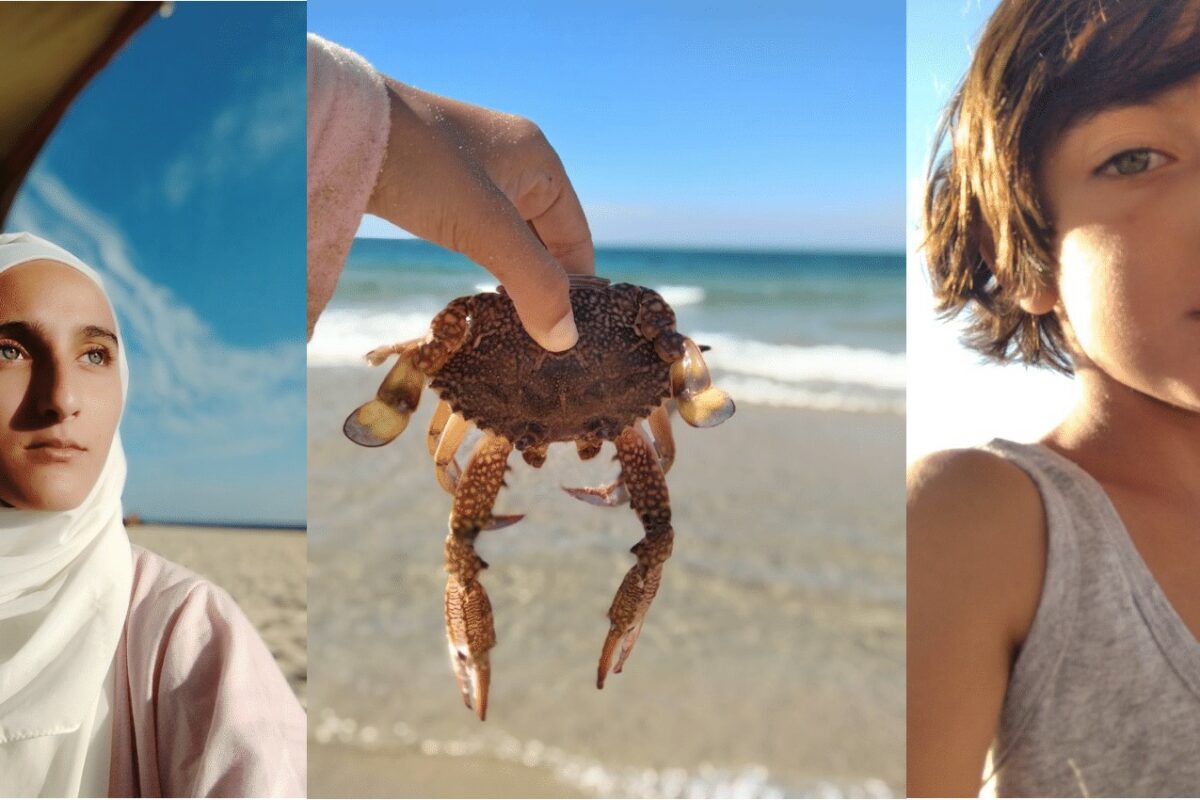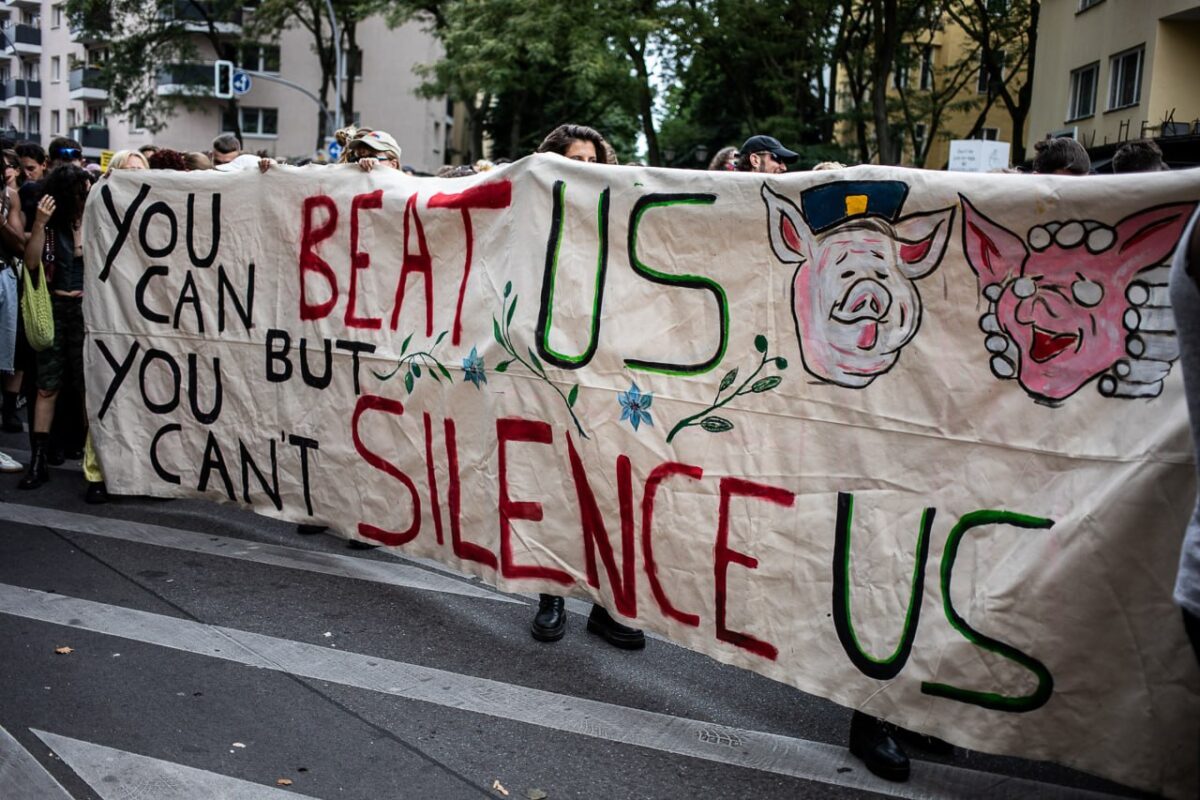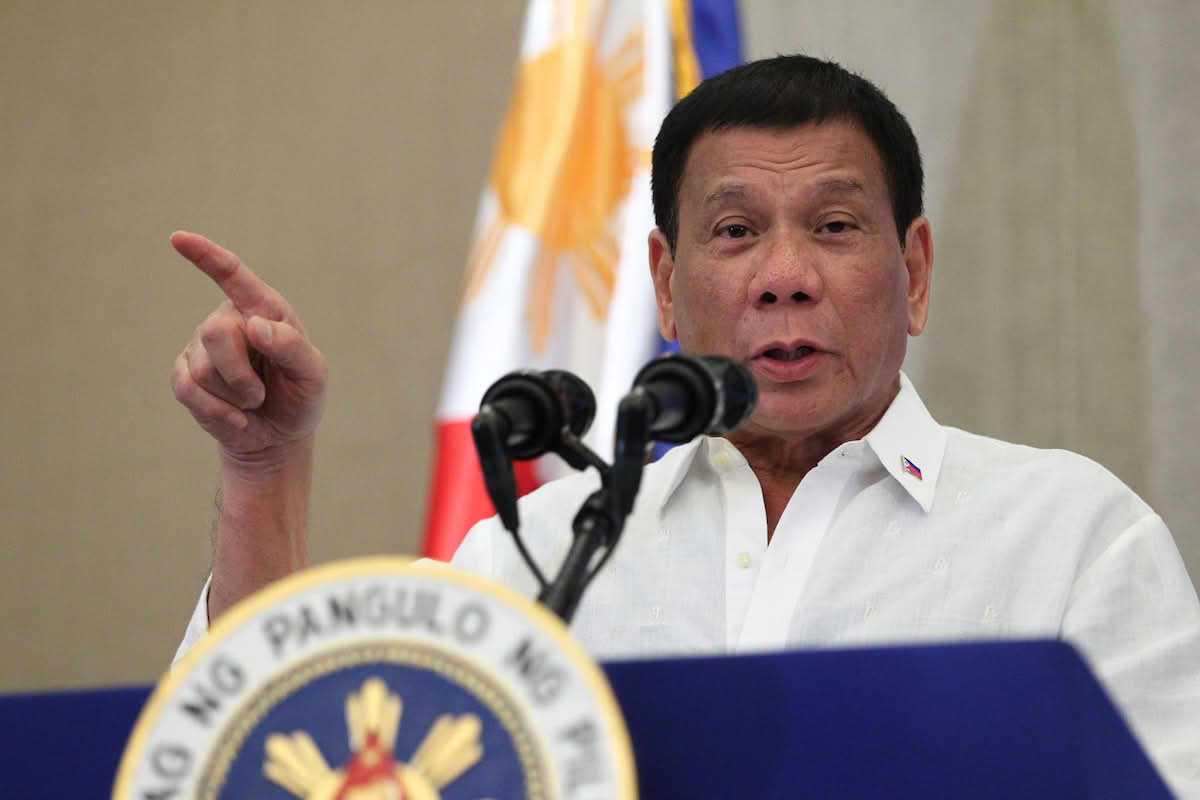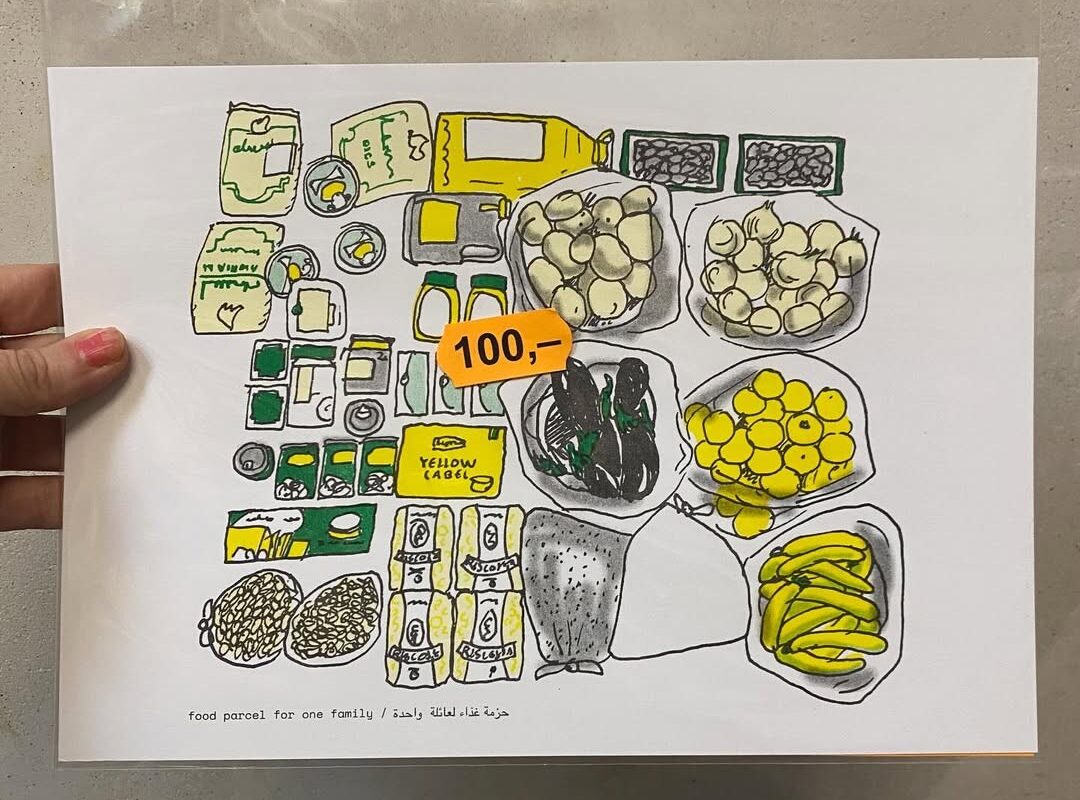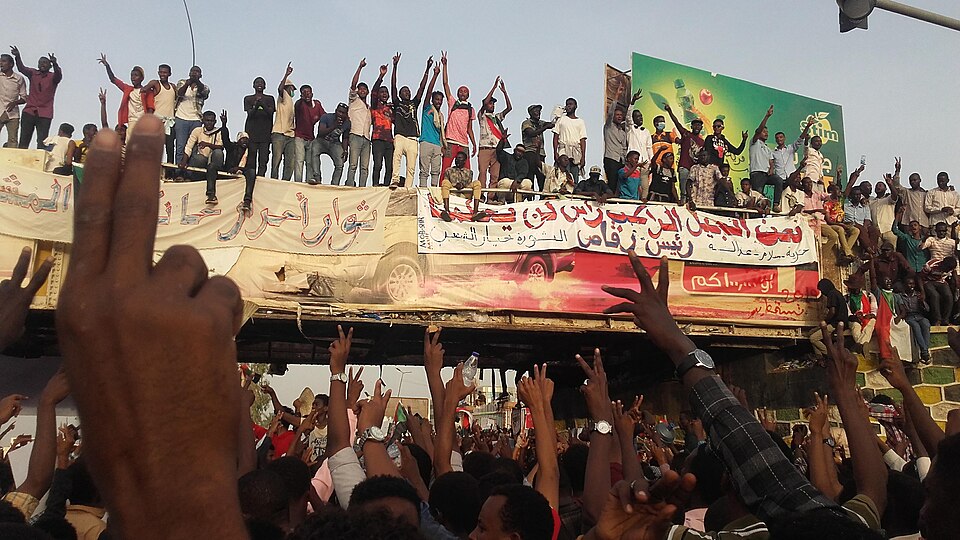The opening of the Eyes of Gaza photo exhibition on 18th May was supposed to be broadcast live from the Forum Factory in Berlin. But, in solidarity with the Palestinian general strike on the same day, the event was recorded and broadcast the following day.
Preparation of the exhibition has been beset by setbacks. It was postponed from February because of the Coronavirus pandemic. Now only a small number of socially distanced showings can be organised in Berlin, before the exhibition moves to Gütersloh, Freiburg and Brühl.
Meanwhile, photographs and film by Amjad Al Fayoumi, which were supposed to accompany the exhibition, could not be seen after his office in Gaza was bombed by Israeli planes. Fortunately, Amjad’s office was not flattened, unlike the 33 press offices which were destroyed during the 11 days of bombing, as reported by the Palestinian Journalists Syndicate.
So, what’s it all about? It’s a simple concept, really. A group of kids in Gaza, aged between 13 and 17, were asked to take photographs of themselves, their families and of their lives. The results are remarkably powerful.
It was strange attending the exhibition while bombs were raining down on Gaza, knowing that the landscapes we were looking at may no longer exist. These photos were taken in 2020, during a time of relative peace when the greatest fear was of the early days of Covid. This means that we see plenty of photos of families cooking and playing together, not sure whether they can go outside.
When we do leave people’s homes, the images that we see of Gaza stand in great contrast to the recent destruction. Here is the olive harvest, here fishermen are going out to sea, there is a crab being held above the beach. Next to the photo of the crab, there is the following quote from Jan Khaled who took the picture:
I am the only girl in the family and the eldest. My hobbies are painting, music and acting. I like music a lot. I play guitar and the qanoon. I want to be an influencer on social media; I like to be in front of the camera. The sea is the place where I like to be the most. I wanted to show the beauty of Gaza, not only the destruction. Gaza and Gazan people are beautiful in my eyes.
These quotes from the photographers help contextualise what we are seeing. Many of the pictures remind us that Gaza looks out on a sea which is both tempestuousness and quite beautiful. Samar Sharaf, who photographed fishermen and sea shells explain what this means to her.
I go to the sea almost every day. I was born in Ukraine and I lived my early years of childhood there. In Ukraine there is no sea; when I came to Gaza I fell in love with the sea. I started collecting seashells, and I decided to celebrate what I had collected over the years in professional photos. I will send this photo to my family and friends in Ukraine, so they can see the sea of Gaza.
And yet for all the beauty and apparent normality, we are occasionally reminded that Gaza is anything but a normal place to live. The kids have all grown up during the debilitating blockade. The recent Israeli bombs were also nothing new to any of them.
Baraa Faraj chose to photograph his young cousin holding a teddy bear. He explains:
When I was 9 years old, our house was destroyed during the war on Gaza in 2014. I was very sad because I lost everything, my house and my room where I had my toys and all my things. Days after the destruction, I was able to save my teddy bear from underneath the rubble, and I was so happy to find it; I keep it with me in my room until this day. My little cousin is one of the few kids who are allowed to play with it.
In a similar vein, Dania Hamad took evocative monochrome pictures of tiles saved from her father’s uncle’s house which was destroyed in the 2014 bombing. Thinking of her father’s death that year and of Mahmoud Darwish’s poem ‘Forgotten As If You Never Were’, she says “I sometimes think the world forgot about us in Gaza.”
Because of the ongoing situation in Gaza, the exhibition opening was addressed by Fidaa Zaanin, a Gazan who is currently living in Berlin. After the opening Fidaa told me how the exhibition affected her:
The past 11 days were not easy, I barely ate or slept thinking of what is going on in the Gaza Strip, documenting names, and pictures of martyrs, seeing bombs fall like rain on my beloved Gaza, and massive destruction everywhere. All the time I felt I’m physically in Berlin but mentally in Gaza, with my people, but when I visited the “Eyes of Gaza” exhibition, seeing the faces of young Gazan photographers, looking at their work, their memories, their favorite spot in the house and their hobbies and how they view life in Gaza. All the amazing pictures they took tell us a lot about their lives and dreams, but also about Gaza, I could relate to their work, the sea is also my favorite spot in Gaza, the pictures they took became very personal to me too and at that moment I felt like I’m physically in Gaza.
I also had mixed feelings, of pride and heartbreak, knowing that the places in the pictures are being bombed by Israel at the moment, those memories might have been wiped out, I prayed that all those photographers are alive and safe, and will get the chance to be in Berlin one day and organize the exhibition themselves.
It would be easy to patronise the photographers and say that they are good for their age. In truth, they are good for any age. Eyes of Gaza gives us a view of Gaza which is rarely visible to Western eyes. Chances to view it are limited. If you do get a chance, don’t waste it.
The Eyes of Gaza exhibition can be seen in the following cities:
- Berlin from 12 June: in Ulme 35, Ulmenallee 35, 14050 Berlin
- Gütersloh from 18 June
- Freiburg 9-16 July: in ArtRaum Gallery, Hildastraße 17
- Brühl (near Cologne) in September
Hopefully, more dates will be announced soon. If you would like to host the exhibition in your town, write to contact@zaitwaza3tar.berlin
Read our interview with exhibition curators Nahed Awwad and Cora Josting here.
